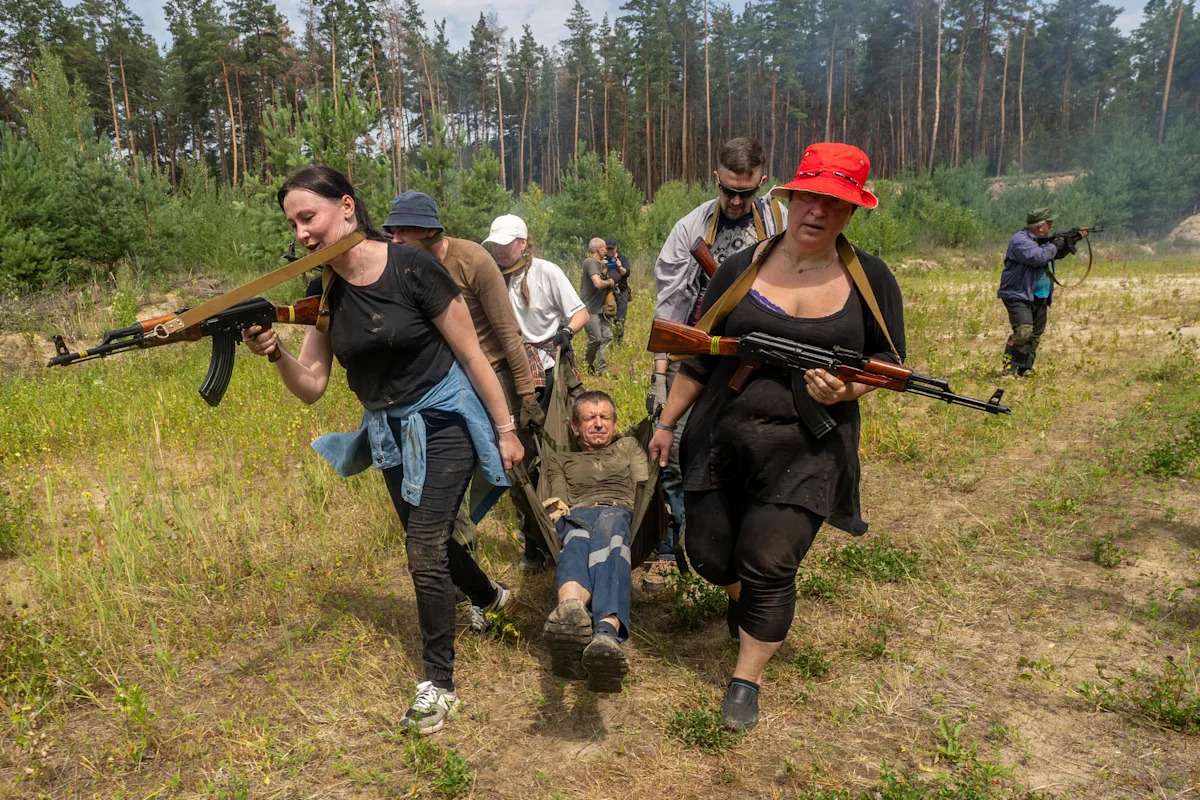Benzinga and Yahoo Finance LLC may earn commission or revenue on some items through the links below.
Professional golfer and two-time major champion Bryson DeChambeau‘s unorthodox approach to golf has earned him the nickname “The Mad Scientist.” However, the real estate project DeChambeau has invested his golf earnings in might be the clearest example of his penchant for thinking outside the box.
DeChambeau is one of a group of professional golfers who left the PGA Tour to play LIV Golf. LIV is a Saudi-backed professional golf league that intends to rival the PGA Tour. Part of that effort included paying established PGA Tour players like DeChambeau massive bonuses to switch leagues. Golf magazine reports that LIV paid DeChambeau $125 million to come aboard. Despite that massive payday, DeChambeau likes to quip that he’s “broke.”
Don’t Miss:
That’s not because he spent all his money on expensive cars and fancy houses. DeChambeau is committed to helping grow the game, and he’s willing to put his LIV earnings at risk to accomplish his mission. He has used a significant portion of his earnings to buy real estate in his hometown of Clovis, California. DeChambeau intends to build a massive golf complex that will attract new players to the game and put Clovis on the map.
“You build a community around a multisport complex center,” he told Golf. “It’s going to take 12-15 months to get the permits approved for the full scope. It’s over 200 acres of land that we have right now. It’s going to be a multisport complex center — driving range, golf course, residential, community center, the whole thing.” He told Golf magazine that he believes having all these facilities in one central location is key to his project.
Trending: The secret weapon in billionaire investor portfolios that you almost certainly don’t own yet. See which asset class has outpaced the S&P 500 (1995-2024) – and with near-zero correlation.
“Making it economically viable and more accessible are two massive things,” DeChambeau told Golf magazine. “I’ve got a strategy right now that I’m implementing that people have heard. It’s a strategy that essentially brings people from off the street, to the driving range, to lessons, and then to the golf course. “You have to have it at one place. At a community center, where it is easily accessible and easily affordable.”


